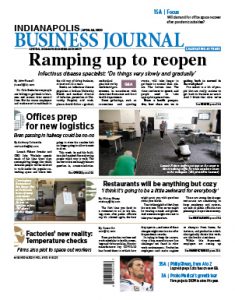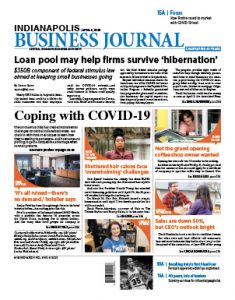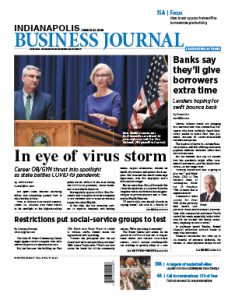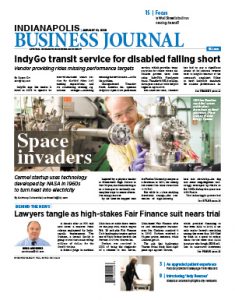
MAY 1-7, 2020
The novel coronavirus has much of our attention for the time being, but there are more high-stakes decisions to make on the horizon. Republican Congresswoman Susan Brooks isn't seeking reelection this year, which has led to a deluge of candidates in the 5th District. Fifteen of them are in the GOP, and Lindsey Erdody has profiled each one while also outlining what is so different about this year's election. (The Democrats are next week.) Also in this week's issue, John Russell delves into the growing effort to beat back the coronavirus by tracing the personal contacts of people who have tested positive. And Samm Quinn explores the mounting crisis of unpaid apartment rent as millions of Hoosier file for initial unemployment benefits every week.

















